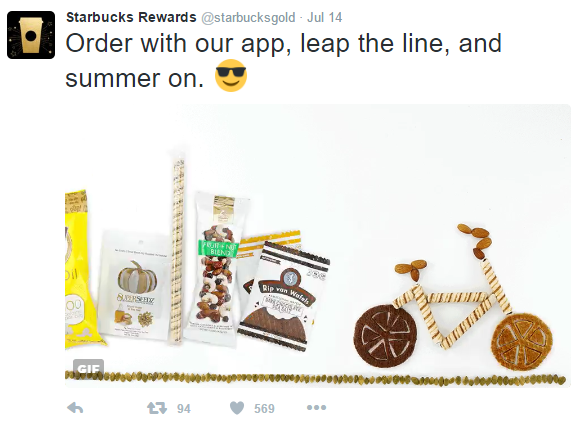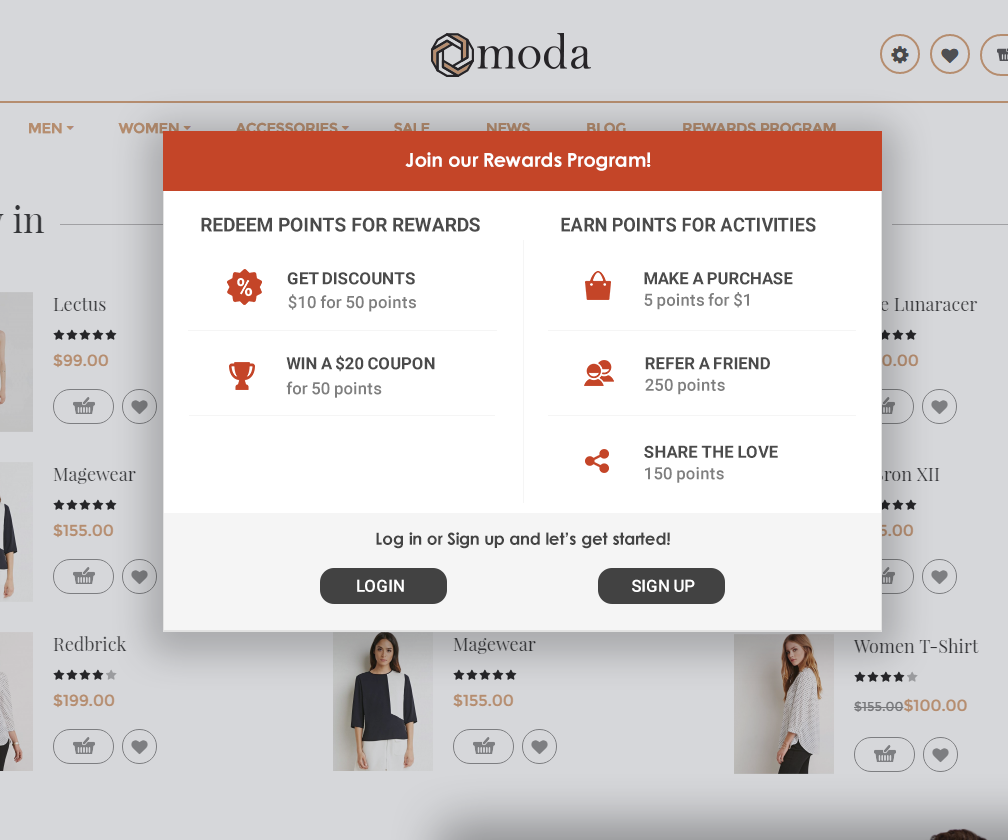As someone who has followed loyalty programs and brand marketing for years, on both the consumer and professional side, it has been truly interesting to see major news outlets publishing entire articles about the loyalty programs of major national and global brands like Uber, Chipotle and American Airlines.
Loyalty programs are nothing new. In fact, in its earliest form, the redeemable coupon made its first appearance in the early 1900s. (Several sources including Forbes cite S&H Green Stamps as the first. They began distributing stamps to retailers in 1896, and retailers then passed them along to their customers to collect and redeem.)
So if it’s not something new, why all of the sudden have so many major brands changed their loyalty programs this year?
We all heard the uproar that Starbucks caused among their customers when they updated their Starbucks Rewards loyalty program to be based on spend, instead of number of purchases. (An idea that was originally proposed by customers themselves on the MyStarbucksIdea.com
website.)
American Airlines made a similar move with its AAdvantage program, but the company didn’t have to face with the public displays of customer dismay that Starbucks did.
We later felt the shock of McDonald’s, an international brand that apparently had no need for a loyalty program in the last 50 years, sudden announcement in March of their plans to launch a loyalty program.
Now even Marvel, a company with an extremely loyal following, has introduced its own program.
We’ve also seen secret loyalty programs brought to the public light, such as Chick-fil-a’s and earlier Uber’s, who this year decided to create a more inclusive loyalty program for all of its users.
But why is any of this major news? There are three reasons.
1. We’re Talking About Major Marketing Role Models
It’s hot news because, once seemingly reserved for travel and leisure, now loyalty programs have become an indispensable marketing tool for businesses of all sorts, from grocery, to hardware, to fashion, to…. car sales! That widespread reach means that loyalty program news not only affects buyers anymore, but also business as a whole. And as many business professionals look up to major brands as models, loyalty program execution is no exception.
By the way, Starbucks Rewards has its own handle on Twitter, and it already looks like the drama surrounding the changes has already blown over and people are happily getting their free drinks and sharing the good news on social media. Maybe in the end it was all beneficial for PR.
And Marvel? They’re not even trying to up-sell, but are instead trying to get to know their customers better and show them some gratitude, providing rewards for customer engagements, rather than purchase alone. So there’s a lot of potential in terms of creating great connections with a loyalty program that doesn’t just reward spending.

When the program is so popular it needs its own social media account: Starbucks Rewards has its own Twitter channel where they share loyalty program promotions, content from their customers and product news.
2. Serving up a great mobile experience
Big retailers are aware of the fact that many customers spend most of their time on mobile in apps – 85% of their time, according to TechCrunch.
That takes us right over to McDonald’s. The fast-food chain has been in the news several times over the last year for its new initiatives that shaken up the business model that took them so far. One of those initiatives is a mobile app that has already seen 10 million downloads. Now that they’ll be incorporating a loyalty program, the app will likely be able to do a lot more.
They should probably model that after Starbucks’ immensely successful app. According to Business Insider, Starbucks generates 20% of its total US sales through mobile orders. And it makes sense. The coffee chain was successful at smoothly integrating the rewards program, ordering and payment through their app.
Digital loyalty card: So Starbucks has that pretty little plastic gold card for its loyalty members, but who wants to carry around more cards in this day and age? The card is accessible right in the mobile app, which allows for much easier tracking of loyalty status and order history.
Mobile payment: Customers can load and reload money onto their Starbucks loyalty app for future purchases on iOS and Android. The functions include digital tipping and shake to pay. Payment through mobile ensures rewards status is automatically updated and status level can be accessed easily whenever a customer is curious about his or her earnings progress.
Order from the app: This is arguably the best part of the app. You can find the nearest Starbucks to your current location, order a totally customized coffee and pay right through the app. You get an estimated amount of time until the drink will be ready, and if you time it right, it will be right there waiting for you on the counter when you walk it, complete with the print-out sticker with your order details. This function has contributed to a large chunk of Starbucks’ current business, with reported pay-ahead transactions representing 10% of total transactions.
The gift of giving: Customers can send their friends and family gift sums to spend at Starbucks right through the app, to any of their contacts. This skips the need for yet another plastic card – the gift card!

The Starbucks’ app is all about convenience, with store locator, order-ahead, and payment functionalities combined with the infamous gold star loyalty program. Image from Digital Agency Network
3. Making money – sustainably
What I’m about to say may seem overly obvious, but business is business and it’s there to serve people and make money. But great ideas sometimes get in the way of that making-money part, and that’s precisely what happened over the last few years with American Airlines and Starbucks.
After coming to terms with the fact that their old programs weren’t contributing to the bottom line the way they should’ve been, the two major companies made changes to their popular rewards programs.
The traditional loyalty program model is: 1. Customer makes purchase, 2. Customer gets rewarded.
But the reward mechanism, or structure, has to align with profits. And that’s where American Airlines and Starbucks had a bit of a misalignment – both of the companies were rewarding customers based on numbers that had nothing to do with actual spend.
American Airlines switched from awarding number of miles traveled, so previously, two customers on the same economy class flight were being rewarded the same way regardless of how much they paid for their tickets.
Meanwhile, Starbucks gave out stars for every purchase customers made, and that caused a major problem with customer experience and potential earnings. There was nothing stopping customers from purchasing 4 drinks separately, whereas before the loyalty program there was no incentive to do such a crazy thing. But it’s not crazy. That’s 4 stars… and you’re already a third of the way to your free drink. This actually caused the in-store customer experience to decline, as the separate purchases caused hold-ups in line, compared with Starbucks previously super-fast service.
The takeaway here is that companies should still reward purchase value for the core of the loyalty program, but make sure that’s not the only thing being rewarded. Figure out ways to reward other fun or interesting actions that customers do as a supplement to keep up interest in the program.

Reward customers for a variety of actions they can take in your store. That keeps things more fun, and less likely to be seen as “they only love me for my wallet” type of “loyalty” transaction. Image from Antavo.com
So what can brands who are looking to start a loyalty program take from these lessons?
1. Reward a variety of engagements, from purchase, to friend referrals, to watching the latest video you put online.
2. Integrate your program, making it a natural part of your web store or mobile app.
3. Test the program with a pilot group to make sure you’re getting the returns you seek.
And if you’d to read about the elements that go into creating a successful program check out this Definitive Guide to Loyalty Programs from Antavo.




One of the cold realities of most loyalty programs is that they are bland, vanilla, and me-too. These can subtract, rather than add, perceived value and insure that the programs are only providing benefit to already-active buyers: http://customerthink.com/mckinsey-thinks-bland-generic-loyalty-programs-are-killing-business-and-they-may-be-right/